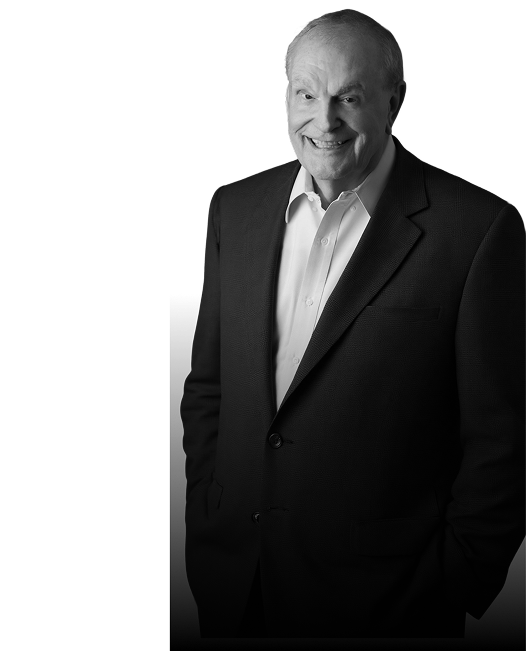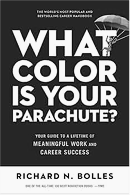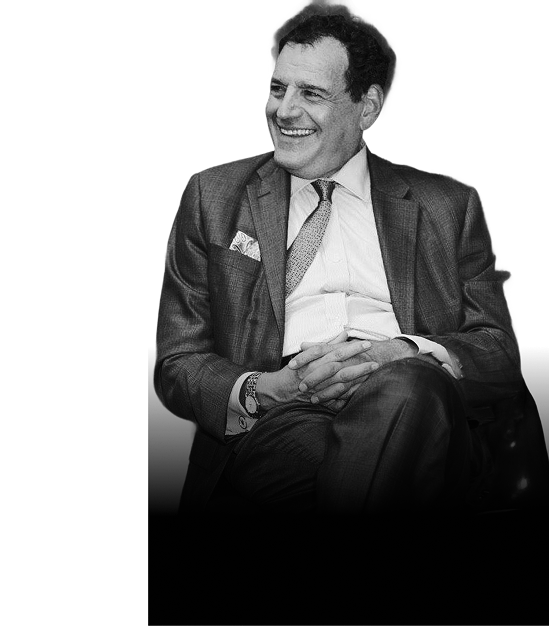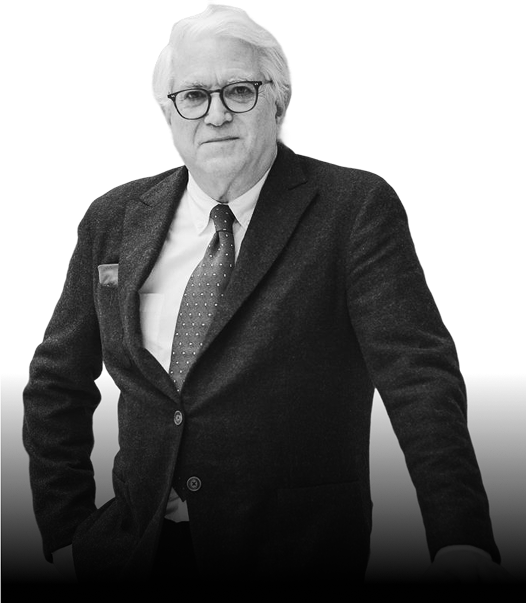With Mr. Upgrade’s Distinct Approach...
More Deep Sleep
Less Counting Sheep
Often For Little or No More than Coach
*no hacking required

Why Travelers Fail to Get the Best Possible...
Mr. Upgrade
aka Matthew Bennett
88% OFF
First Class Flyer Innovations:
$32,567 First Class Tickets for $2,987
Business class overseas for $1,567
$32,567 First Class Tickets for $2,987
Business class overseas for $1,567
29 Years
Of insider knowledge, at your fingertips.
The world’s longest-running publication in the air travel industry.
The world’s longest-running publication in the air travel industry.
7 MILLION
Upgrades served
since 1996.
since 1996.


"Mr. Upgrade's booking strategies are invariably creative and often ingenious."
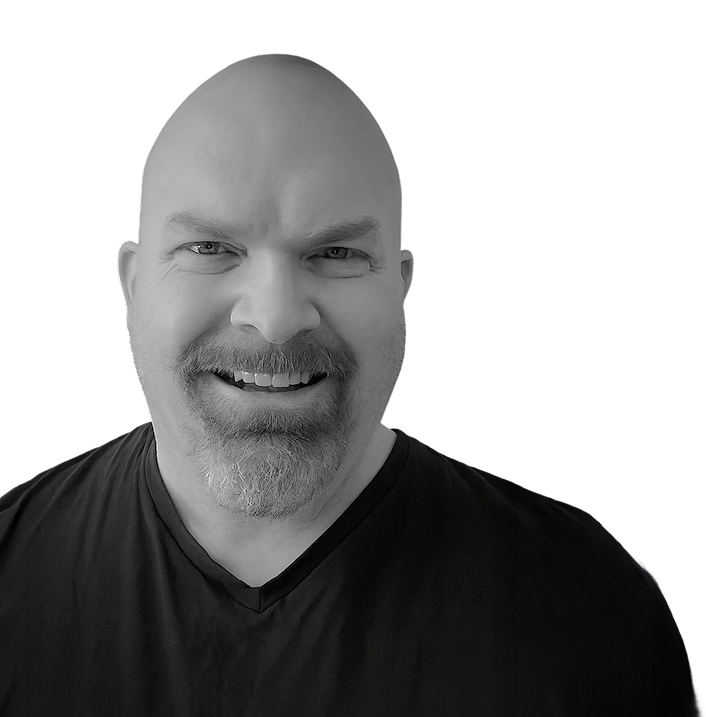
Mr. Upgrade’s Fans Speak
Thank you! Your submission has been received!
Oops! Something went wrong while submitting the form.
With First Class Flyer...
Thank you! Your submission has been received!
Oops! Something went wrong while submitting the form.

No Conniving or Grovelling
None of our strategies involve "dressing up" or begging as a way to upgrade. You'll know you're upgraded the moment you book your ticket.

No Biased or Tainted Recommendations
Our model eliminates the need for credit card companies to grease our palms – at the expense to you of excluding the best opportunities. There's no credit card-churning or bank-hustling here. We DO NOT accept advertising.

No Risky Tickets
No grey-market tickets or methods that will get you in trouble with the airlines, nor deals on second-tier carriers. You'll only fly on first tier carriers you trust.

No Mistake Fares
Airlines sometimes make mistakes, known as "mistake fares." They are often found and corrected, often voiding your ticket or increasing your fare. FCF only analyzes and delivers "anomaly" fares - fares the airlines are aware of but are very hard to find.

.webp)

.webp)





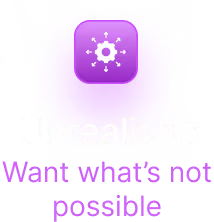






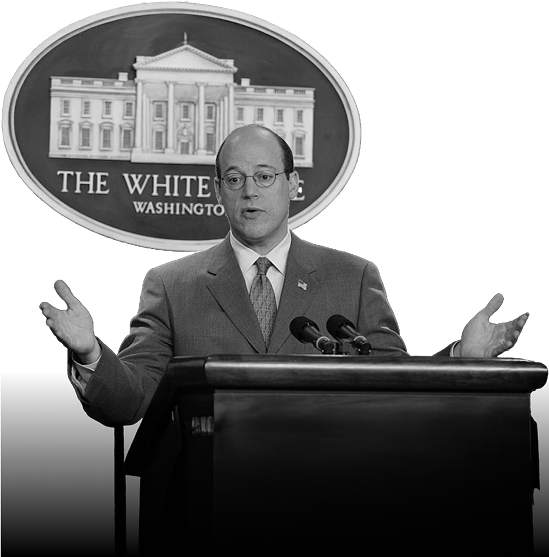

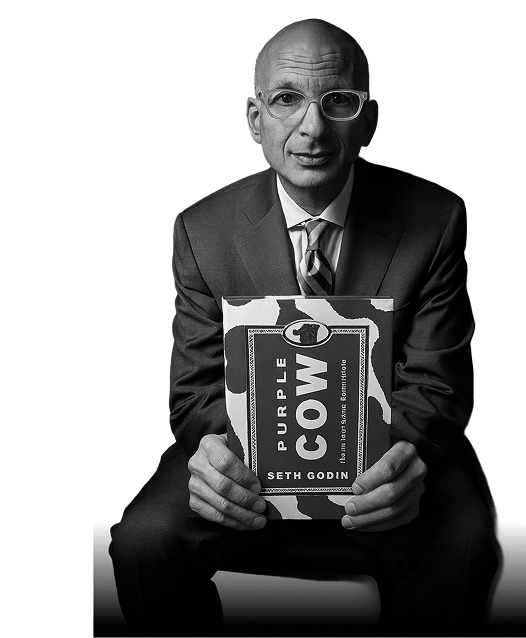




.webp)
